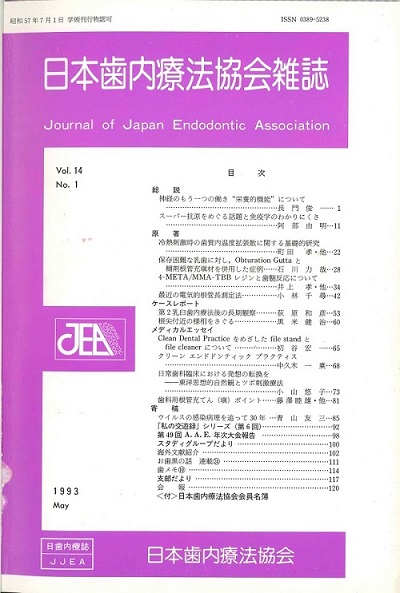Volume 12, Issue 2
Displaying 1-9 of 9 articles from this issue
- |<
- <
- 1
- >
- >|
-
1991 Volume 12 Issue 2 Pages 119-136
Published: 1991
Released on J-STAGE: February 22, 2020
Download PDF (3521K)
-
1991 Volume 12 Issue 2 Pages 137-142
Published: 1991
Released on J-STAGE: February 22, 2020
Download PDF (860K) -
1991 Volume 12 Issue 2 Pages 143-148
Published: 1991
Released on J-STAGE: February 22, 2020
Download PDF (1144K) -
1991 Volume 12 Issue 2 Pages 149-153
Published: 1991
Released on J-STAGE: February 22, 2020
Download PDF (1216K) -
1991 Volume 12 Issue 2 Pages 154-158
Published: 1991
Released on J-STAGE: February 22, 2020
Download PDF (760K)
-
1991 Volume 12 Issue 2 Pages 159-165
Published: 1991
Released on J-STAGE: February 22, 2020
Download PDF (1623K)
-
1991 Volume 12 Issue 2 Pages 166-176
Published: 1991
Released on J-STAGE: February 22, 2020
Download PDF (2301K) -
1991 Volume 12 Issue 2 Pages 177-179
Published: 1991
Released on J-STAGE: February 22, 2020
Download PDF (563K) -
1991 Volume 12 Issue 2 Pages 180-181
Published: 1991
Released on J-STAGE: February 22, 2020
Download PDF (291K)
- |<
- <
- 1
- >
- >|
